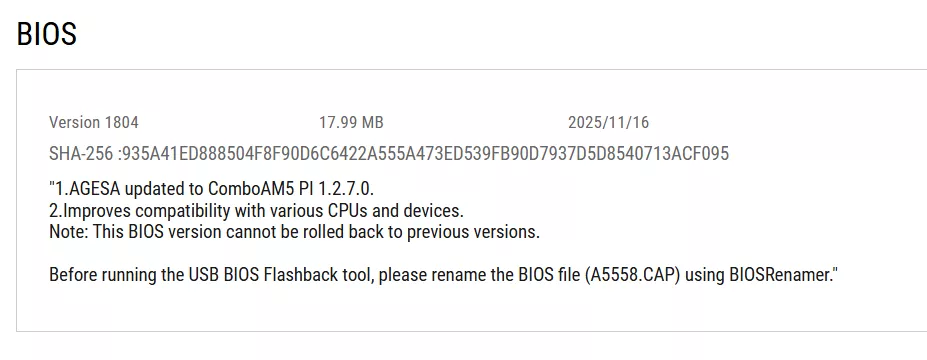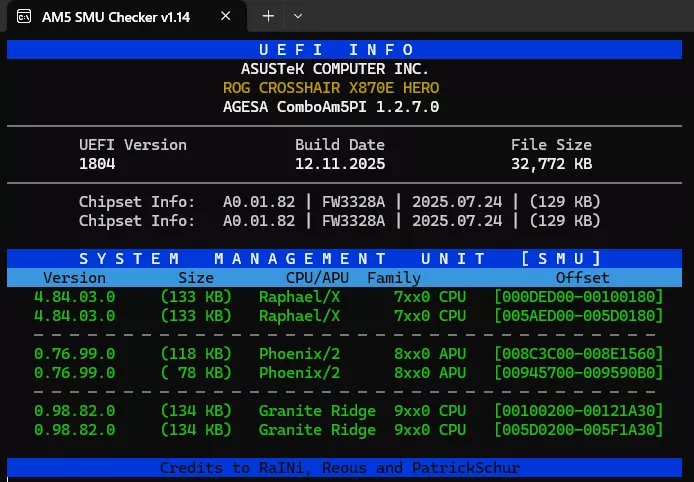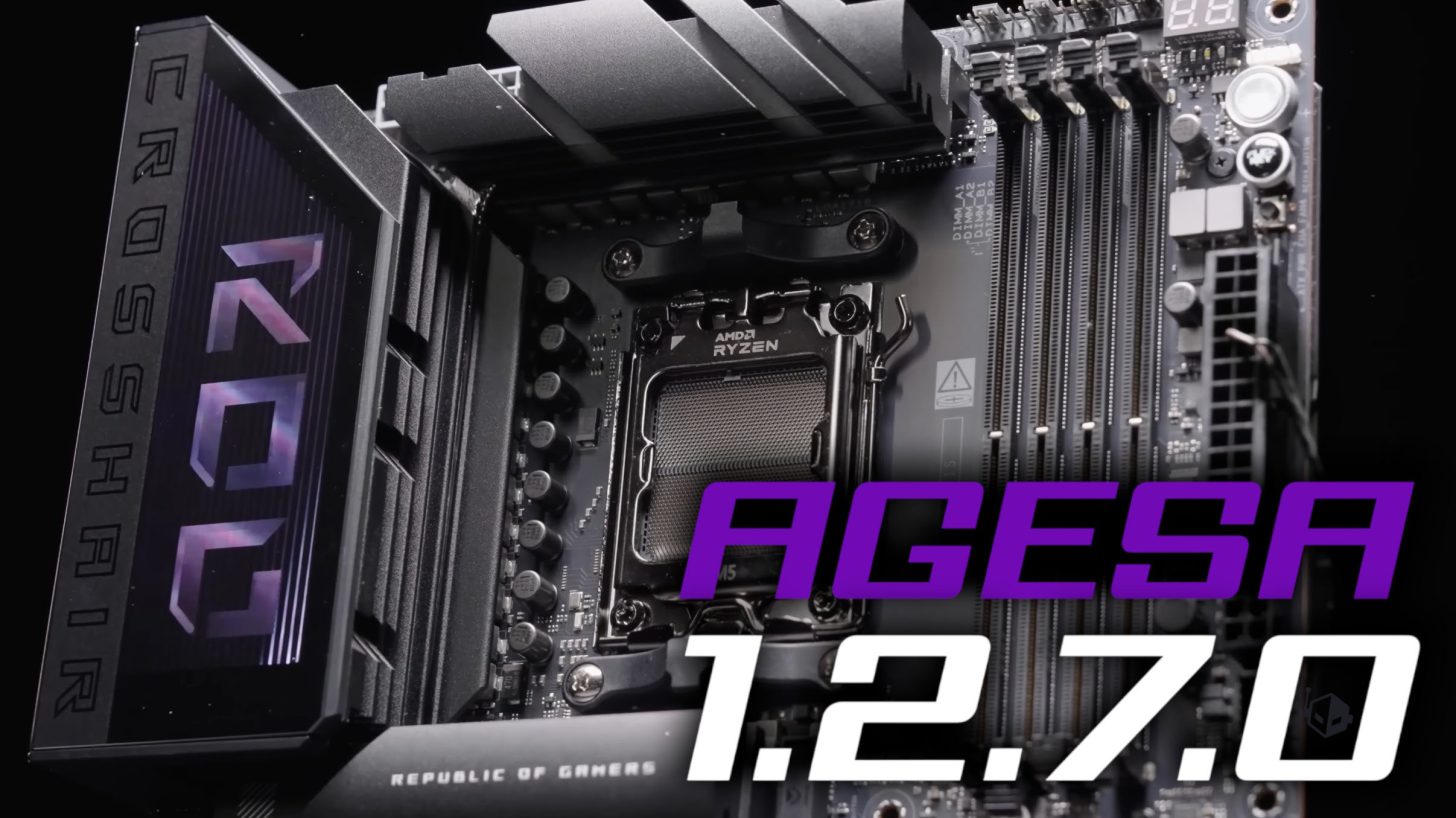ASUS has taken a significant step forward by officially releasing the AGESA 1.2.7.0 BIOS version. This update is designed to bolster compatibility with the highly anticipated Zen 5-based APUs within the AM5 platform. As this development unfolds, enthusiasts and tech observers eagerly await the potential debut of the Ryzen 9000G series APUs, which promises to redefine desktop performance with powerful enhancements.
Enhanced CPU Compatibility with ASUS AGESA 1.2.7.0 BIOS
Last month saw the BETA release of ASUS’s AGESA 1.2.7.0 BIOS, which hinted at support for Zen 5-based APUs. Now, the stable version is available, expected to ensure robust compatibility with forthcoming CPUs. While the release notes do not specifically mention support for the Ryzen 9000G APUs, they do allude to improved compatibility with a range of CPUs and devices. This update is believed to particularly target the Zen 5-based APUs, known as AMD Krackan Point and Strix Point families. Reports have surfaced confirming the presence of the Strix Point family in the AGESA 1.2.7.0 firmware, indicating a shift towards high-performance APUs for the AM5 platform beyond the typical 8-core/16-thread models.

Anticipated Features of Upcoming APUs
Although the exact naming convention of the Zen 5-based APUs remains uncertain, whether Ryzen 9000G or Ryzen 10000G, they are set to be the most robust APUs available for desktops. The rollout of new BIOS updates by motherboard manufacturers suggests that these APUs might soon hit the market, potentially before the year’s end. The Krackan Point APUs are expected to offer 6-core and 8-core configurations, while the Strix Point APUs might include 10-core and 12-core models. These will likely feature RDNA 3.5-based integrated graphics, boasting options such as Radeon 840M, Radeon 860M, Radeon 880M, and Radeon 890M equivalents. The performance is projected to surpass that of the Strix Point mobile chips, thanks to a higher power limit and anticipated increased clock speeds for both CPUs and integrated GPUs.

